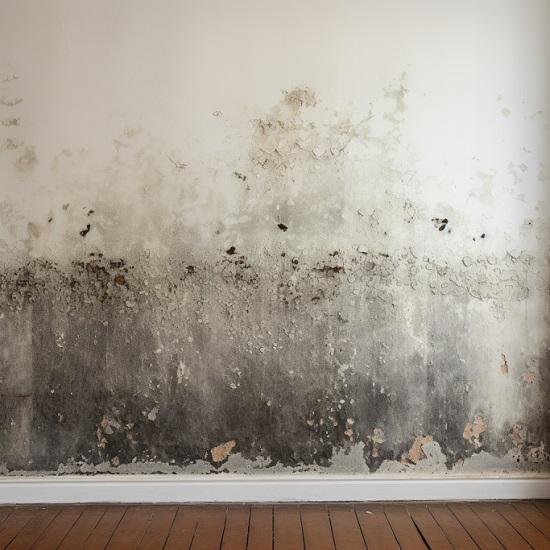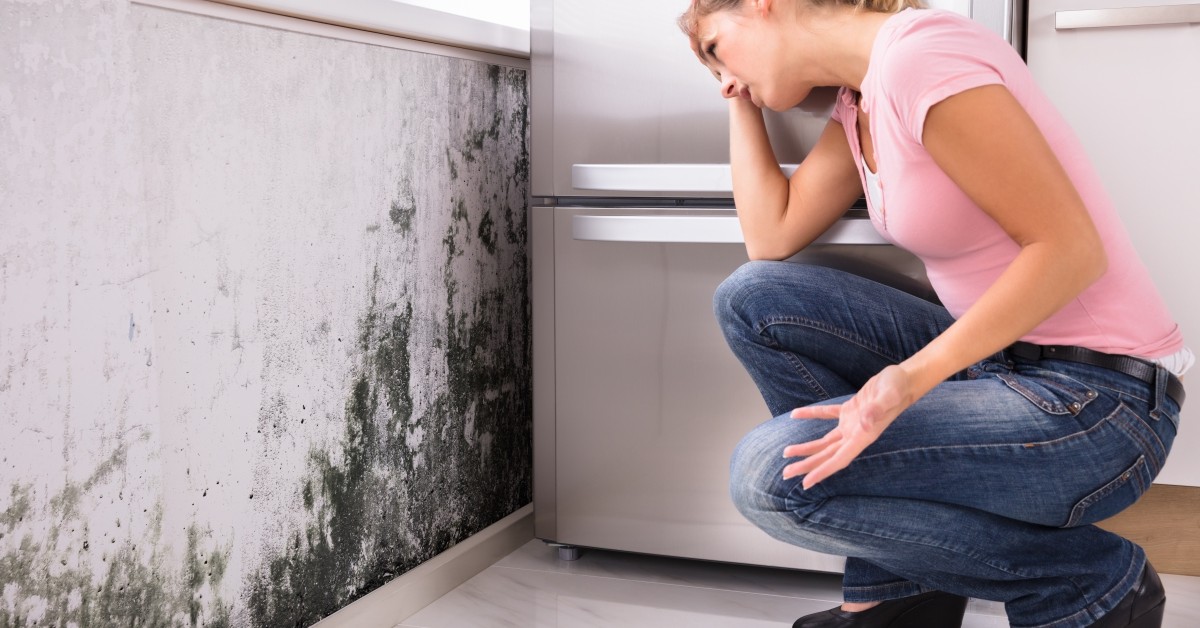Accessing Regional Post Remediation Mold Testing Near Me
Wiki Article
Specialist Tips for Post Mold And Mildew Remediation Success
In the realm of mold remediation, efficiently eradicating mold is just half the fight; the true challenge exists in avoiding its reappearance. By sticking to expert ideas and best techniques, people can safeguard their rooms versus mold and mildew renewal and keep a healthy interior setting.
Display Humidity Levels Consistently
Normal monitoring of moisture levels is vital in guaranteeing the effectiveness of message mold removal initiatives. After finishing mold and mildew removal treatments, maintaining optimum humidity levels is vital to stop mold and mildew re-growth and ensure a healthy indoor atmosphere. Tracking moisture levels permits for early detection of any kind of spikes or fluctuations that can possibly lead to mold revival. High humidity levels over 60% produce a conducive atmosphere for mold to grow, making regular monitoring an aggressive measure to protect against any kind of future mold and mildew issues - Post Remediation verification.Additionally, establishing a routine timetable for humidity checks, specifically in high-risk locations such as shower rooms, cellars, and cooking areas, is a proactive approach to mold and mildew avoidance. By constantly checking humidity levels, residential property owners can successfully reduce the risk of mold and mildew reoccurrence and maintain a healthy interior setting post-remediation.
Conduct Thorough Inspections Post-Remediation
Adhering to the completion of mold and mildew removal procedures, it is critical to carry out detailed examinations to confirm the efficiency of the removal procedure. These post-remediation evaluations are critical in making certain that the mold problem has been effectively attended to which there is no reappearance or staying mold development. Evaluations need to be lugged out by qualified specialists who have know-how in determining mold and assessing interior air top quality.Throughout these inspections, different methods such as aesthetic assessments, air sampling, and surface area sampling may be used to thoroughly evaluate the remediated locations. Visual assessments include a comprehensive assessment of the premises to look for any kind of visible indications of mold and mildew development or water damages. Air tasting assists in determining the air-borne mold and mildew spore degrees, while surface sampling can discover mold and mildew bits on surfaces.
Implement Correct Ventilation Strategies
After making sure the performance of the mold removal process with complete assessments, the following crucial action is to concentrate on applying proper ventilation methods. Adequate ventilation is crucial in avoiding mold reoccurrence by controlling wetness levels and promoting air blood circulation.
Correct air flow not only help in preventing mold and mildew growth but additionally adds to the general wellness and comfort of residents. By making certain adequate air flow throughout the home, you can minimize the threat of mold regrowth and develop a healthier living setting. Normal upkeep of ventilation systems, including cleansing and filter replacements, is essential to sustaining reliable air flow. Consulting with HVAC specialists can offer further understandings into maximizing original site air flow methods for your certain residential property requirements.

Use Mold-Resistant Materials for Repairs
To improve the lasting efficiency of mold and mildew remediation efforts, incorporating mold-resistant products for repair work is vital in alleviating the risk of future mold development. Mold-resistant products are made to endure wetness and hinder mold and mildew development, making them a necessary choice for areas susceptible to wetness and moisture. When repairing areas affected by mold and mildew, making use of products such as mold-resistant drywall, mold-resistant paints, and mold-resistant caulking can assist prevent mold and mildew reoccurrence.Mold-resistant drywall is an exceptional option to conventional drywall in areas like basements and bathrooms where moisture degrees are greater. This type of drywall has Discover More Here an unique layer that resists mold and mildew growth even when revealed to damp problems. Furthermore, using mold-resistant paints consisting of antimicrobial agents can better inhibit mold and mildew development on ceilings and wall surfaces.
In locations where wetness is common, such as washrooms and kitchen areas, making use of mold-resistant caulking around windows, sinks, and tubs can aid secure out water and prevent mold from holding in cracks and crevices. By investing in these mold-resistant products throughout repairs post-remediation, you can significantly lower the probability of future mold concerns and maintain a much healthier interior setting.
Maintain Cleanliness and Address Water Issues
Guaranteeing cleanliness and without delay addressing water concerns are fundamental techniques to maintain in safeguarding indoor rooms from mold reinfestation. After mold removal, it is essential to maintain a tidy setting to protect against the regrowth of mold and mildew (testing air quality after mold remediation). Regular cleansing, cleaning, and vacuuming can assist eliminate any type of remaining mold spores and prevent them from multiplying and settling. Furthermore, keeping my link indoor rooms completely dry and resolving any water problems without delay is necessary in mold and mildew avoidance. Leaks, water breach, or high moisture degrees can produce the excellent breeding ground for mold, so it is vital to deal with any kind of water-related issues promptly.To preserve tidiness, think about making use of HEPA filters in vacuum cleaners and air purifiers to catch mold spores and prevent their blood circulation in the air. Moreover, making sure correct air flow in locations prone to moisture build-up, such as kitchens and restrooms, can assist maintain moisture levels in check. By staying cautious concerning tidiness and attending to water concerns promptly, you can efficiently protect against mold and mildew reinfestation and maintain a healthy indoor setting.
Final Thought

In the world of mold remediation, successfully getting rid of mold is only half the fight; the true challenge exists in avoiding its reappearance. After finishing mold and mildew remediation treatments, preserving optimum humidity levels is important to stop mold re-growth and ensure a healthy interior environment. High moisture degrees above 60% produce a conducive environment for mold to flourish, making normal checking a positive step to prevent any kind of future mold and mildew concerns.
To boost the long-term efficiency of mold and mildew removal efforts, including mold-resistant materials for fixings is essential in minimizing the risk of future mold and mildew development. After mold remediation, it is vital to maintain a tidy setting to protect against the regrowth of mold and mildew.
Report this wiki page